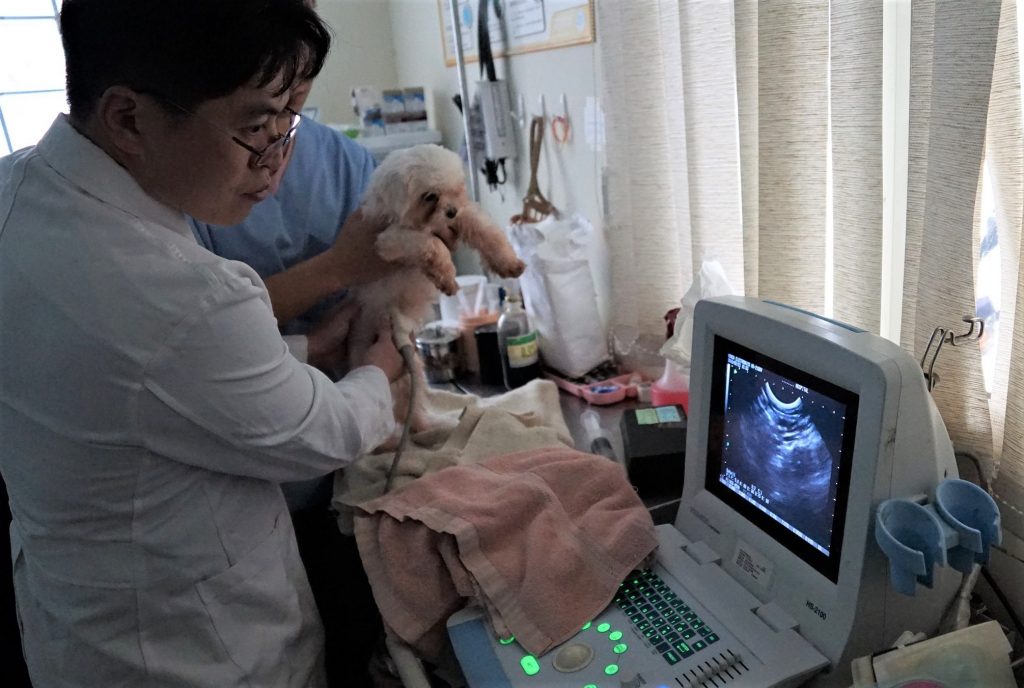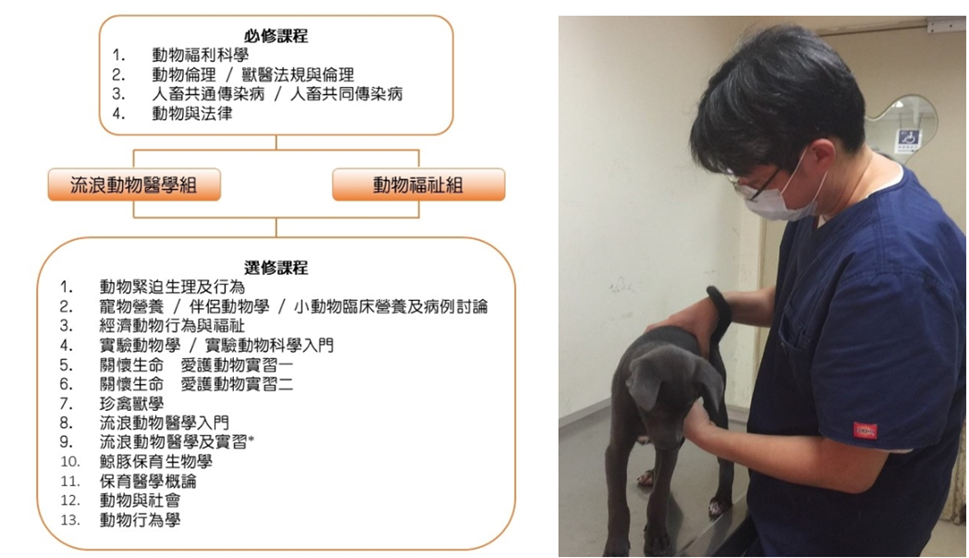
Animals do not speak, and their health can only be maintained by humans, and the medical care provided by animal hospitals is crucial. How has the number of animal hospitals in Taiwan changed by 2022? What does it mean? Let’s take a look.
The total number of operating animal hospitals and pet shops in Taiwan are 1,590 and 1,682 respectively. There is a high concentration of animal hospitals in Northern Taiwan, with 249 in Taipei City alone and 246 in New Taipei City.
When compared to the 2019 Animal Friendly City Index, the number of animal hospitals in Taipei City has increased only slightly from 242 to 249, while the number in New Taipei City has increased from 205 to 246, which is impressive. Among the 22 counties and cities in Taiwan, Lianjiang County, located on an outer island, still has no animal hospitals, but neighboring Penghu and Kinmen counties have four and three animal hospitals each to treat islanders’ companion animals, even wild ones.
According to the government’s pet registration data, there are 1,537,440 domestic dogs and 763,771 domestic cats, but the actual number of pets kept is much higher than this, so it is estimated to be 2.5 million, and some academics have even estimated that by 2025, the number of pets in Taiwan could reach 4 million. As a result of the diversity of pet ownership in Taiwan, some animal hospitals have been divided into cat hospitals, non-canine animal hospitals and bird hospitals.
It is believed that the total number of veterinary hospitals will not be a problem, but many of them will have to transform, as the future trend is towards specialist hospitals and specialist sub-specialties, such as cardiology and ophthalmology, or else a single hospital with multiple specialities such as medicine, surgery, dermatology and oncology.

The market value for animal hospitals is now close to TWD$22 billion a year and has created professional management consultants. According to a management consultant for eight animal hospitals, the number of animal hospitals in Taiwan has not yet reached saturation, but competition is already fierce, and hospital revenues vary greatly depending on their size.
In the early days of veterinarian education, there were no courses related to animal welfare, so older veterinarians often thought that the vocation of veterinarians was “epidemic prevention” rather than animal protection, and that they might not treat their companion animals, such as dogs and cats, in a kind manner. This is a major breakthrough and proves that the development of animal hospitals is a good indicator of how animal-friendly they are!
